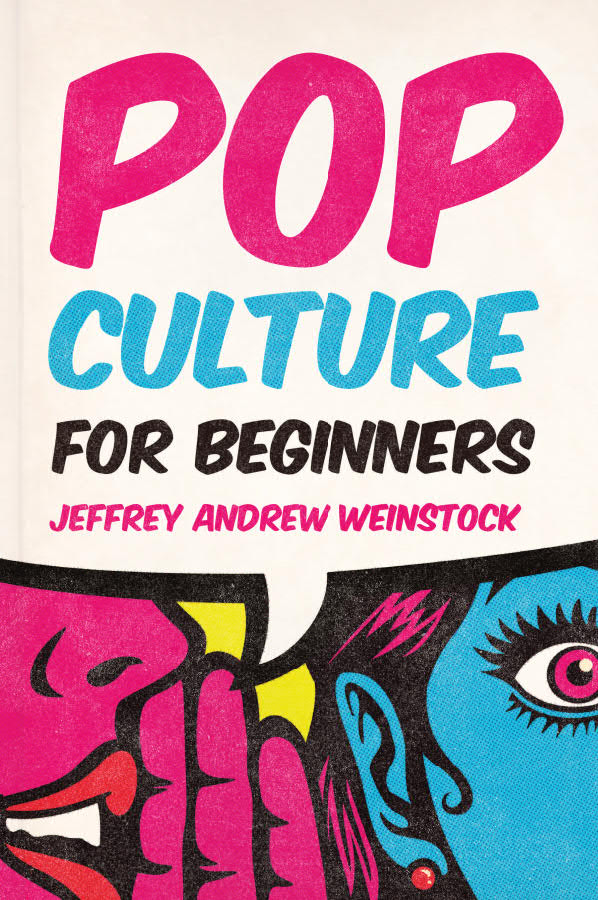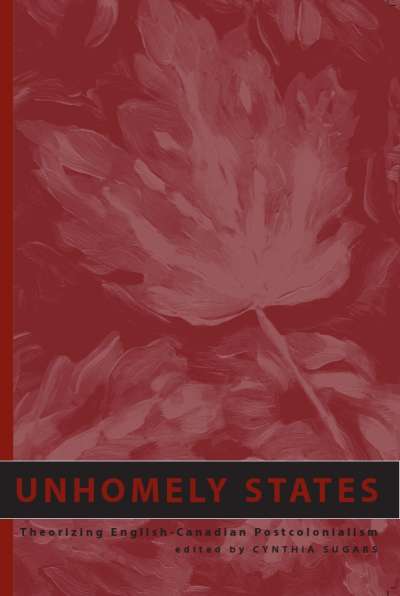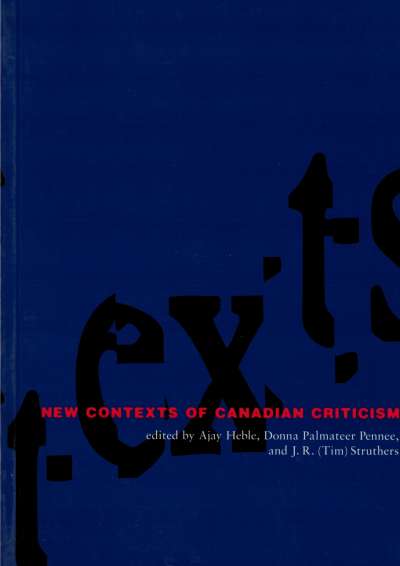This book can be packaged with The Mad Scientist’s Guide to Composition at a discounted price; If you wish to order a package, please contact your Broadview representative or customer service.
Pop Culture for Beginners promotes reflective engagement with the world around us and provides tools for thinking critically about how meaning is created, reinforced, and circulated. Privileging a semiotic approach, the book’s first part, “The Pop Culture Toolbox,” outlines the development of pop culture studies; explains the semiotic framework; introduces students to a variety of critical lenses including Marxism, feminism, postcolonialism, and Critical Race Theory; and then offers an overview of pop culture “pivot points,” including authenticity, intersectionality, intertextuality, and subculture. The book’s second part provides a series of units, prepared in consultation with subject area experts, built around topics central to popular culture studies: television and film, music, comics, gaming, social media, and fandom.
Each chapter includes “Your Turn” activities and discussion questions, as well as possible assignments and suggestions for further reading. The chapters in part two also include questions as beginning points for thinking critically and readings demonstrating relevant scholarly approaches to popular culture. Important vocabulary terms are included in a substantive glossary at the end.
Comments
“Jeffrey Andrew Weinstock introduces readers to the study of popular culture with characteristic insight, humor, and depth. The book is packed with wide-ranging examples and provocative questions. Students will quickly discover the pleasures of reflecting on the kinds of things many of us are consuming every day, and will benefit from the intelligent and accessible overviews of major cultural theories. The book also invites students to reflect on emerging trends or newly discovered favorites. It is truly an excellent book.” — Carl Sederholm, Brigham Young University, Editor, The Journal of American Culture
“Pop Culture for Beginners is an excellent introductory textbook that encourages students not only to critically analyze popular culture but also to have fun doing so. Weinstock asks meaningful questions to get students to start looking at popular culture artifacts with an eye toward detail and analysis, rather than just taking popular culture for granted and mindlessly consuming it. The text provides the tools for critical engagement with popular culture, including a variety of types of critical theory and examples of analysis. Students should come away from the book with a greater sense of agency in regard to the culture surrounding them.” — Alyson Buckman, California State University, Sacramento
“I used Jeffrey Weinstock’s Pop Culture for Beginners in my Popular Culture class this semester, and the students responded well to it. They read it, they understood the content, and they had thoughtful comments based on the recommended exercises. They also expressed that they enjoyed the class. A clear win! I highly recommend this book.” — Mary Findley, Vermont Technical College
“Weinstock does a great job of introducing and reintroducing pop culture and does so in a relatable, humorous, and enjoyable way … I recommend it to all academics.” — Kania Greer, Georgia Southern University, Science Fiction Research Association Review












